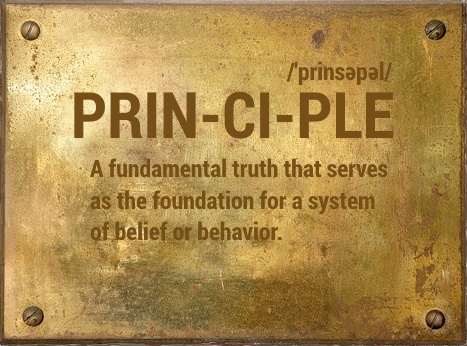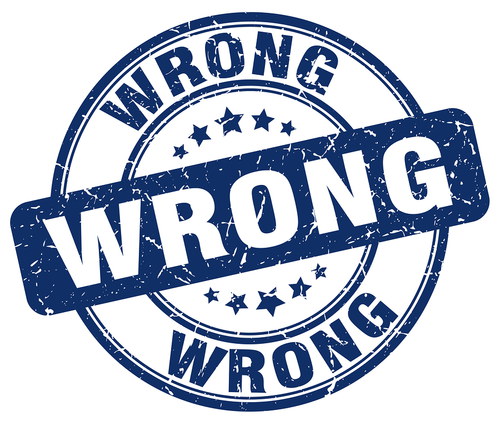Effective systems and processes are the essential building blocks of every prosperous business. They determine our bottom-line and our take-home pay. But if that’s true, why do so few owners and managers get around to developing their business systems? A major reason is that they are just “too busy sawing to sharpen the saw.”

Spread the Load
If your time is limited, there are a few things you can do to get this important work done.
- As a business owner or top-level manager, you must lead the charge. You do that by spending time in The Zone each day working on the business (Michael Gerber, E-Myth Revisited). If you are not working directly on your weakest or most important operational systems, then you are planning how to lead others in this endeavor. Your weekly staff meetings and reporting should be centered on helping workers improve vital systems and processes. YOUR primary task is to convert your people to Systems Thinking—to change your organization’s DNA, if necessary.
- Managers should give oversight to systems development and improvement within their area of responsibility. If skilled or expensive people are hired, their most valuable contribution is to channel their knowledge into effective systems and processes that deliver consistent results for your company. When these high-level or talented people keep undocumented systems in their head, you become dependent upon them—and worse—when they leave, they take the system expertise with them. By the way, with good business systems in place, you don’t need so many expensive people; ordinary people will perform in an extraordinary way.
- The pick-and-shovel work of systems development is not difficult. However, it takes daily discipline and persistence to document procedures and acquire system components. I have found the best solution is to hire college students—usually business majors—to work under my direction. Students are bright, eager to learn, and inexpensive. They can quickly pick up the underlying principles of systems development by reading my ebook. I have used dozens of college students over the years with great success. Some high-schoolers might pleasantly surprise you. This will also be an invaluable experience for these students in their future careers!
Spread the Joy
The Master Skill of creating and improving business systems and processes is a team effort. Spread the work and spread the joy. Make daily progress. You will be amazed by what is accomplished over time. This is the only way for you to reduce waste, please customers, and create an organization of excellence!













